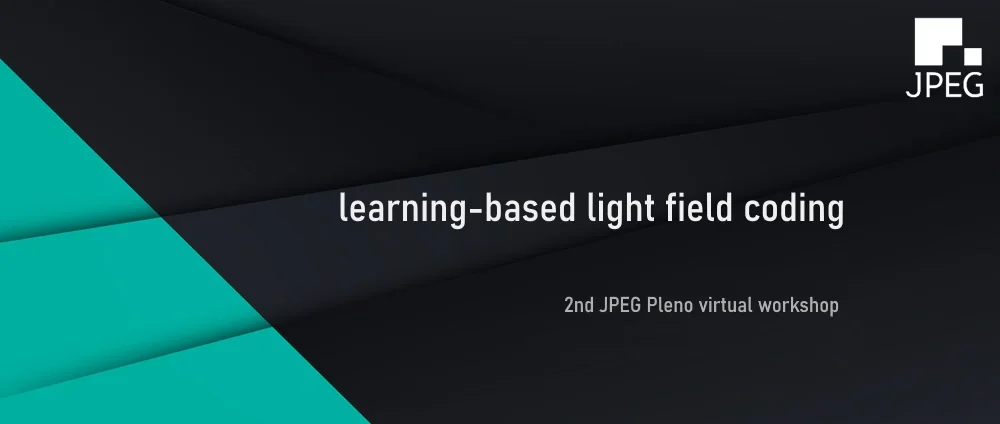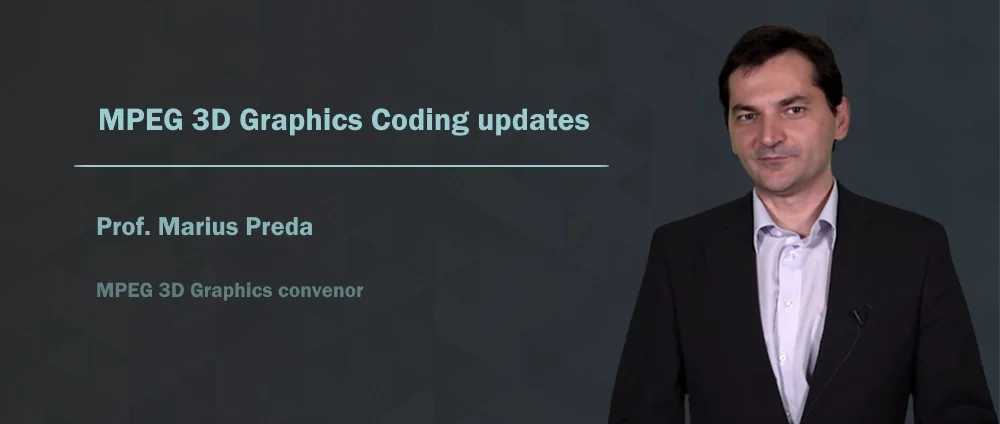JPEG DNA
JPEG standards are used in storage and archival of digital pictures. This puts the JPEG Committee is a good position to address the challenges of DNA-based storage by proposing an efficient image coding format to create artificial DNA molecules. JPEG DNA has been established as an exploration activity within the JPEG Committee to study use […]








